SLUSEZ2A October 2023 – December 2024 TPS1210-Q1
PRODUCTION DATA
- 1
- 1 Features
- 2 Applications
- 3 Description
- 4 Device Comparison
- 5 Pin Configuration and Functions
- 6 Specifications
- 7 Parameter Measurement Information
-
8 Detailed Description
- 8.1 Overview
- 8.2 Functional Block Diagram
- 8.3
Feature Description
- 8.3.1 Charge Pump and Gate Driver Output (VS, G1PU, G1PD, G2, BST, SRC)
- 8.3.2 Capacitive Load Driving Using FET Gate (G1PU, G1PD) Slew Rate Control
- 8.3.3 Short-Circuit Protection
- 8.3.4 Undervoltage Protection (UVLO)
- 8.3.5 Reverse Polarity Protection
- 8.3.6 Short-Circuit Protection Diagnosis (SCP_TEST)
- 8.3.7 TPS1210x-Q1 as a Simple Gate Driver
- 8.4 Device Functional Modes
- 9 Application and Implementation
- 10Device and Documentation Support
- 11Revision History
- 12Mechanical, Packaging, and Orderable Information
Package Options
Refer to the PDF data sheet for device specific package drawings
Mechanical Data (Package|Pins)
- DGX|19
Thermal pad, mechanical data (Package|Pins)
Orderable Information
9.2.3 Application Curves
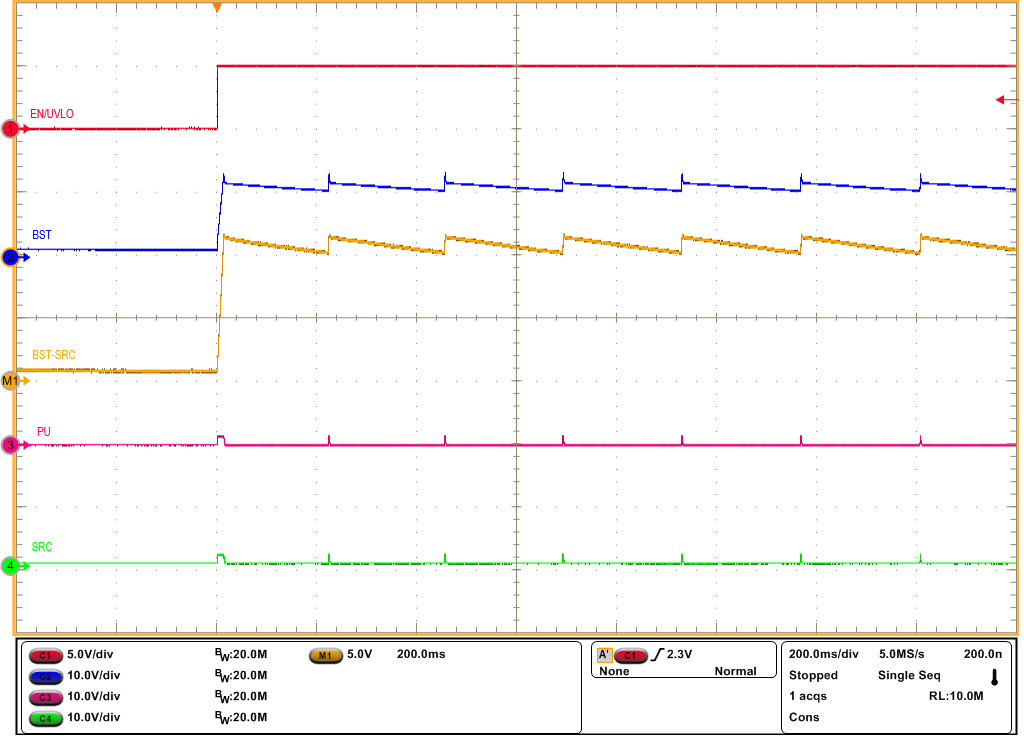 Figure 9-2 Start-Up Profile of Bootstrap Voltage with INP1=INP2 = GND and CBST = 470 nF
Figure 9-2 Start-Up Profile of Bootstrap Voltage with INP1=INP2 = GND and CBST = 470 nF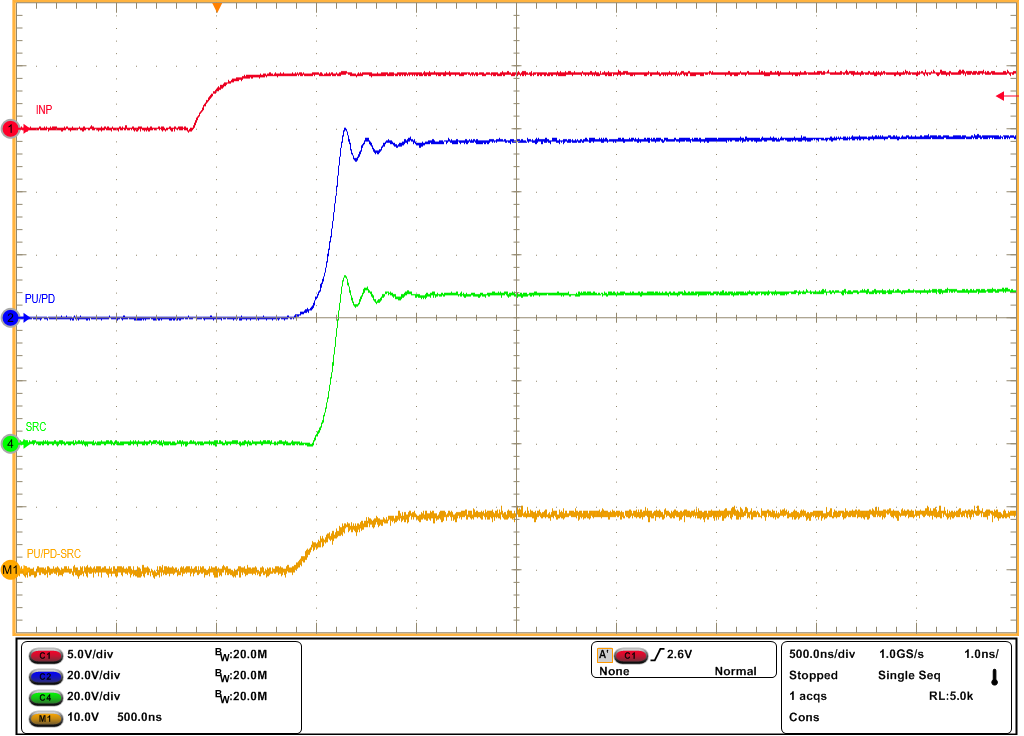 Figure 9-4 Turn-ON Response of TPS12100-Q1 for INP1 -> LOW to HIGH and CBST = 470 nF
Figure 9-4 Turn-ON Response of TPS12100-Q1 for INP1 -> LOW to HIGH and CBST = 470 nF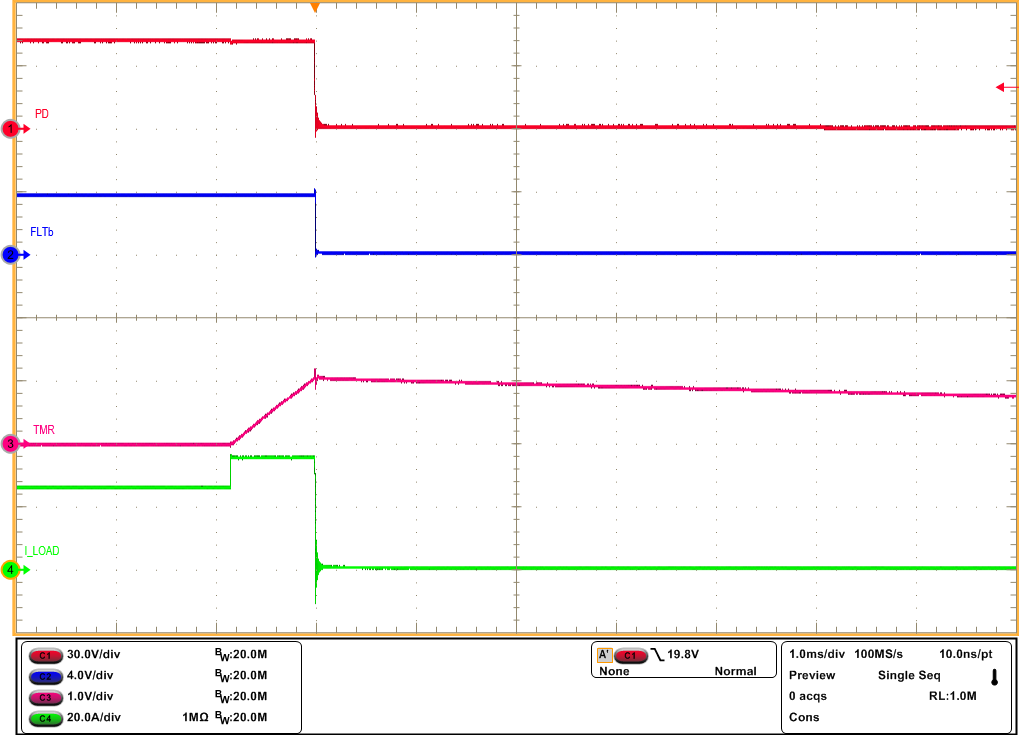 Figure 9-6 Overcurrent Response of TPS12100-Q1 for a Load Step from 25 A to 35 A with 30-A Overcurrent Protection Setting
Figure 9-6 Overcurrent Response of TPS12100-Q1 for a Load Step from 25 A to 35 A with 30-A Overcurrent Protection Setting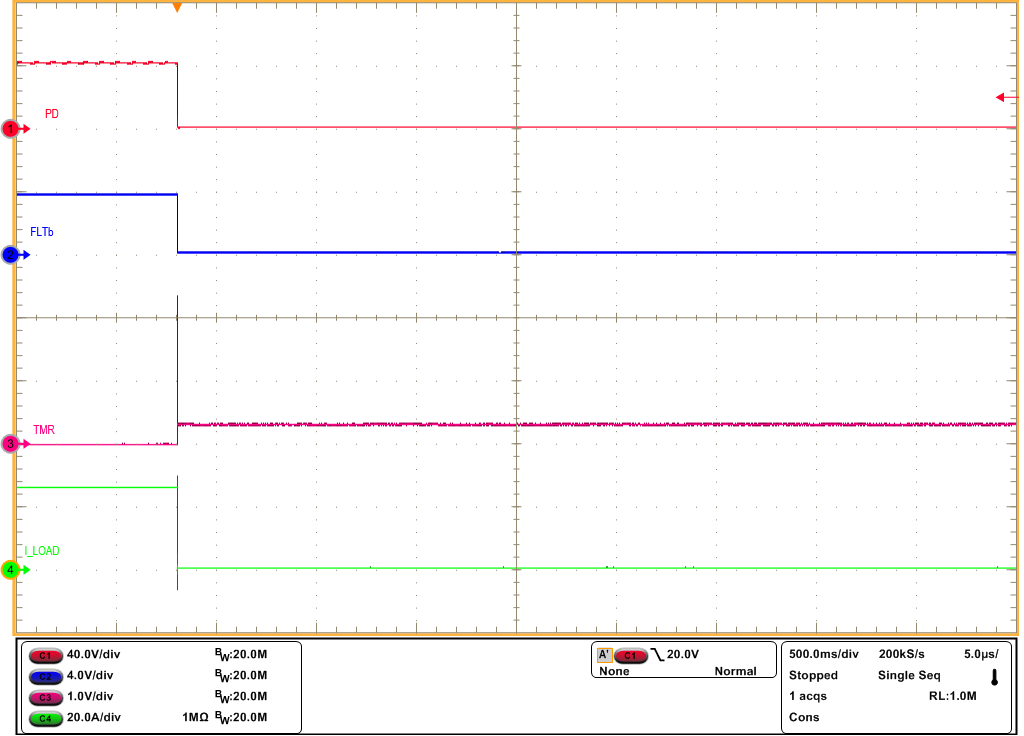 Figure 9-8 Latch-Off Response of TPS12100-Q1 for an Overcurrent Fault
Figure 9-8 Latch-Off Response of TPS12100-Q1 for an Overcurrent Fault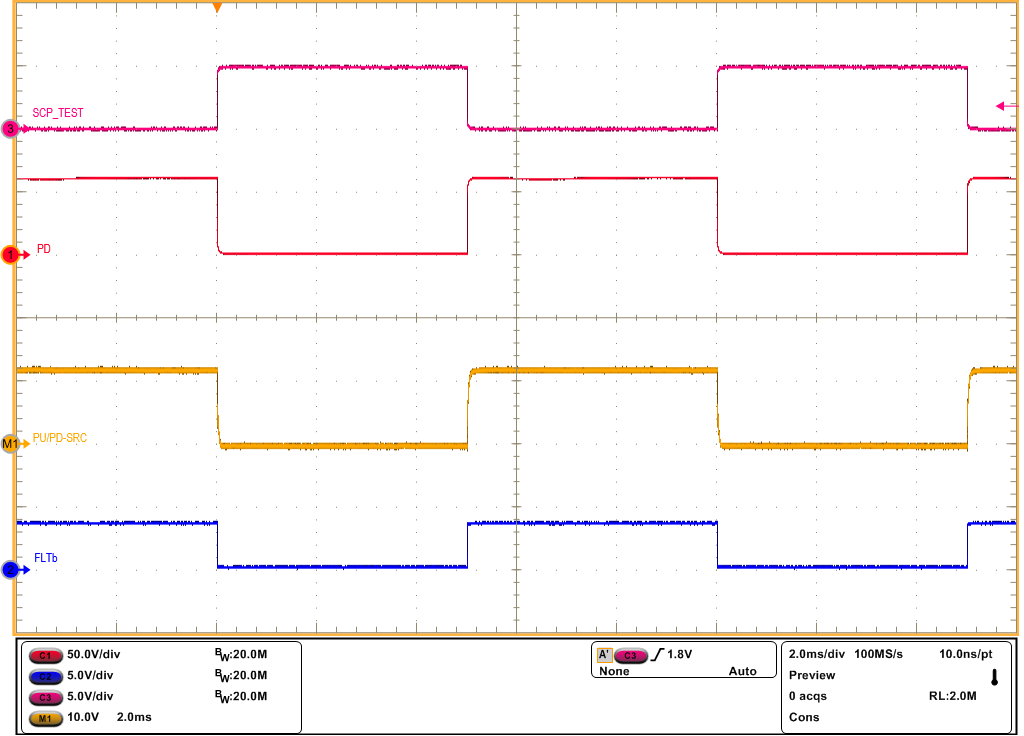 Figure 9-10 Short-Circuit Protection Diagnosis Test Response of TPS12100-Q1
Figure 9-10 Short-Circuit Protection Diagnosis Test Response of TPS12100-Q1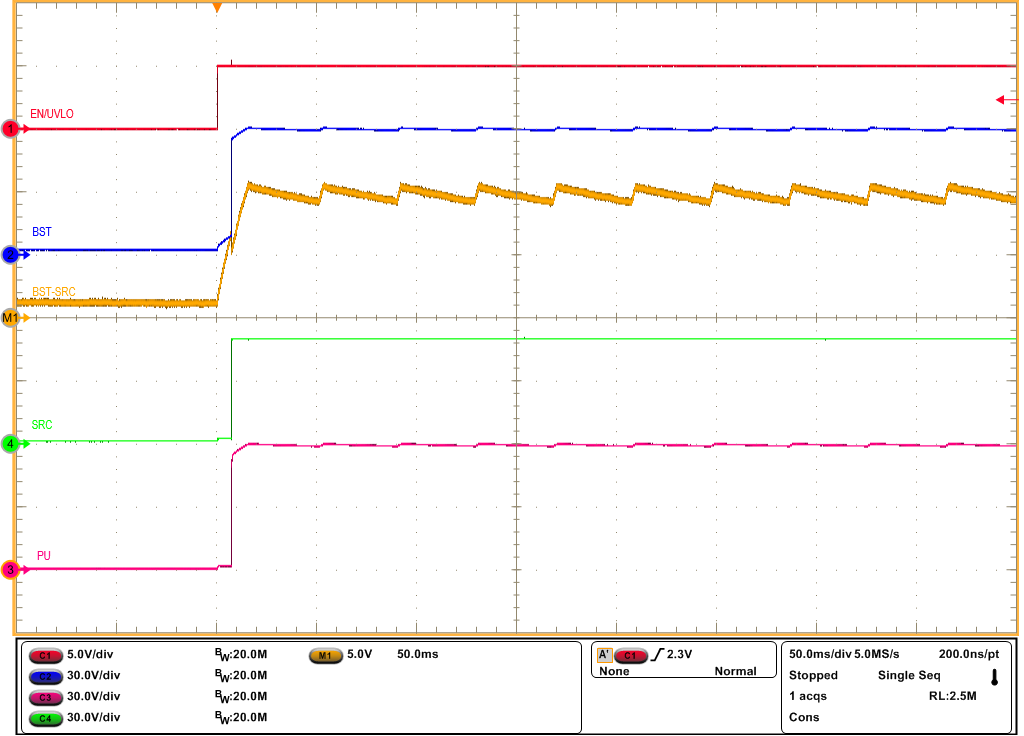 Figure 9-3 Start-Up Profile of Bootstrap Voltage with INP1=INP2 = HIGH and CBST = 470 nF
Figure 9-3 Start-Up Profile of Bootstrap Voltage with INP1=INP2 = HIGH and CBST = 470 nF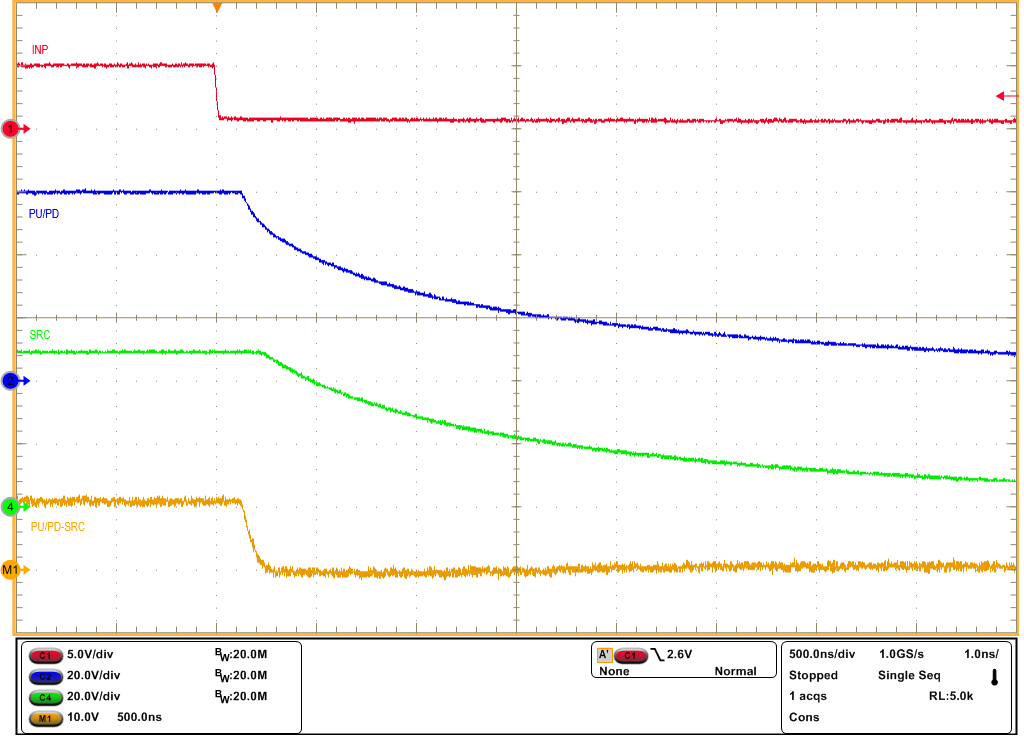 Figure 9-5 Turn-OFF Response of TPS12100-Q1 for INP1 -> HIGH to LOW and CBST = 470 nF
Figure 9-5 Turn-OFF Response of TPS12100-Q1 for INP1 -> HIGH to LOW and CBST = 470 nF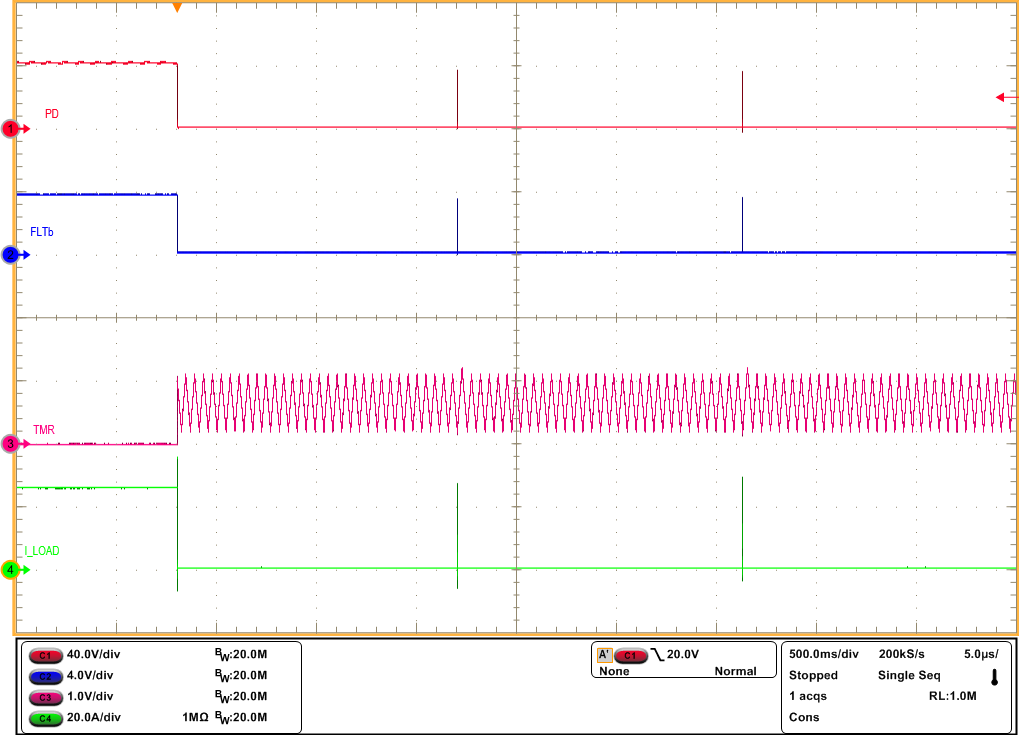 Figure 9-7 Auto-Retry Response of TPS12100-Q1 for an Overcurrent Fault
Figure 9-7 Auto-Retry Response of TPS12100-Q1 for an Overcurrent Fault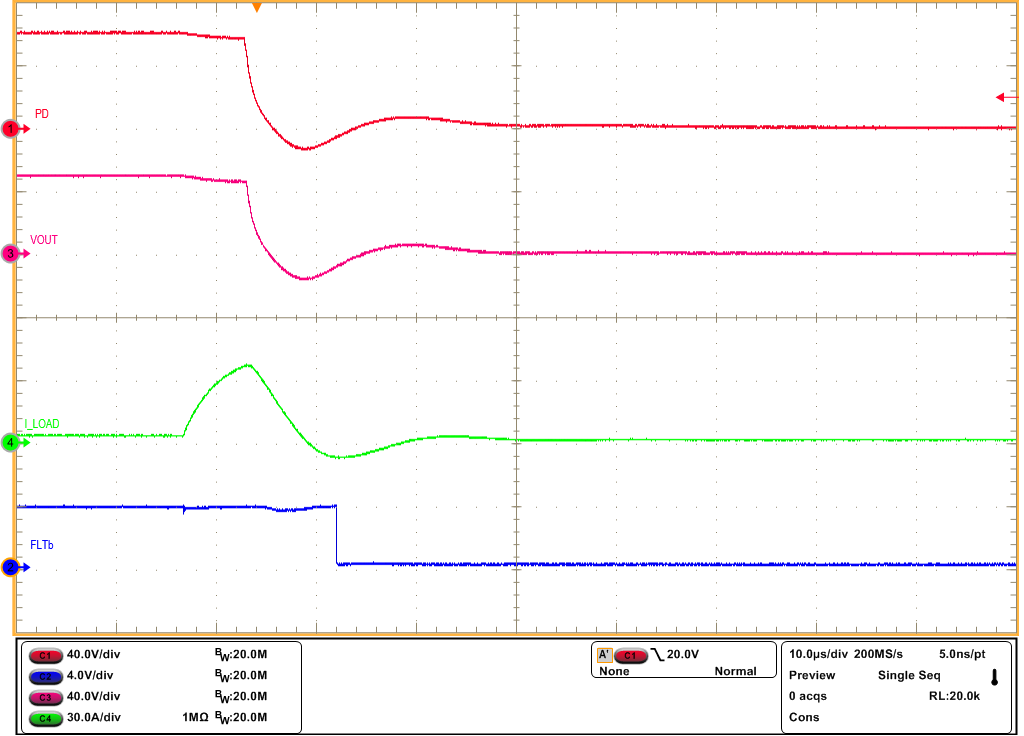 Figure 9-9 Output Short-Circuit Response of TPS12100-Q1 Device
Figure 9-9 Output Short-Circuit Response of TPS12100-Q1 Device